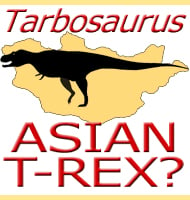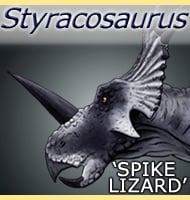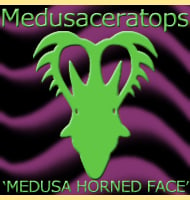Navajoceratops
In Depth Navajoceratops is a genus of ceratopsian dinosaur that lived in North America during the late Cretaceous. At the time of the description Navajoceratops is known only from a partial skull bones that a reveal a little of the shape of the neck frill. These suggest that Navajoceratops was a chasmosaurine ceratopsian dinosaur. Further … Read more


